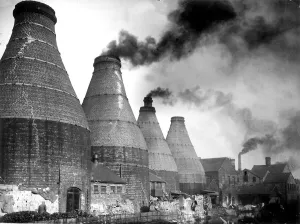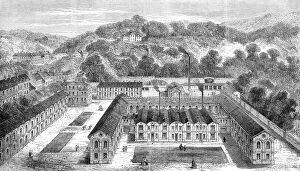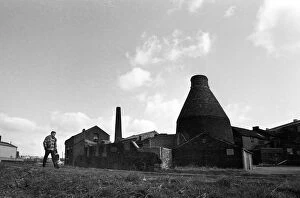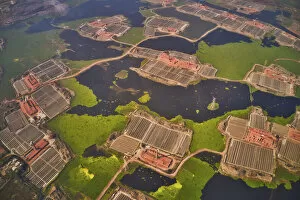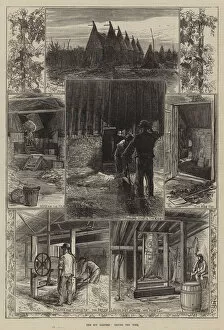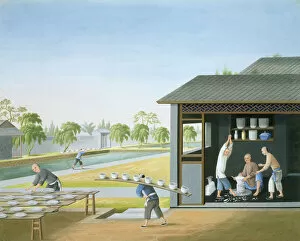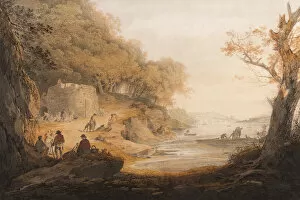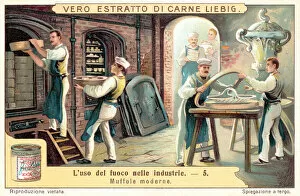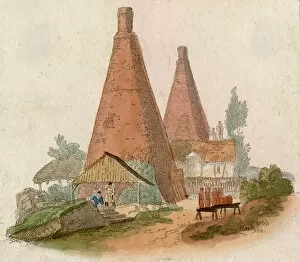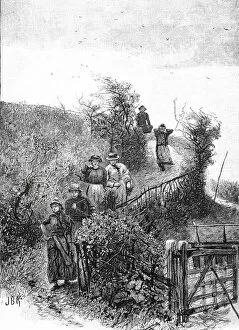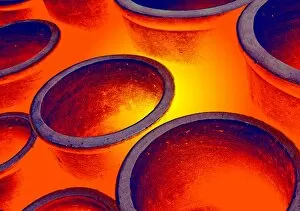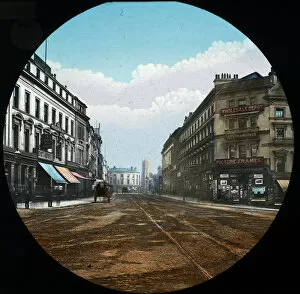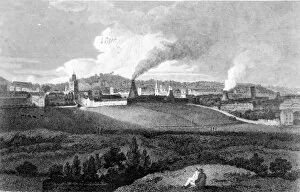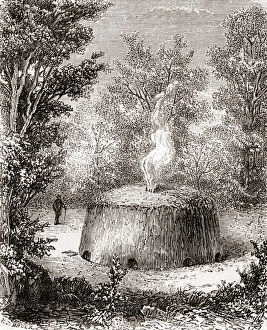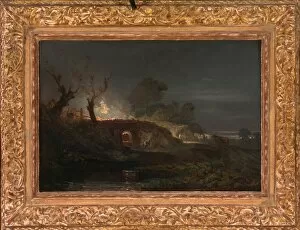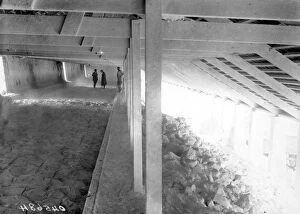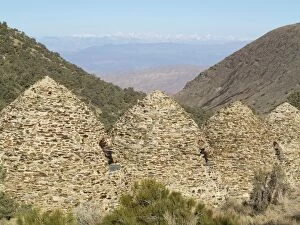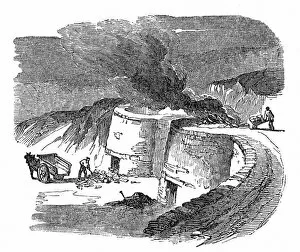Kilns Collection
Kilns have long been an integral part of various industries, shaping landscapes and leaving a mark on history
All Professionally Made to Order for Quick Shipping
Kilns have long been an integral part of various industries, shaping landscapes and leaving a mark on history. From the 18th century to the Victorian period, these structures dotted the Stoke-on-Trent industrial panorama, emitting smoke that became synonymous with progress. The sight of bottle ovens and kilns during this era was both awe-inspiring and indicative of the bustling pottery industry. In 1935, hop pickers could be seen making their way back to the oast houses with loaded carts after a hard day's work. This scene offered a glimpse into a bygone era when kilns played a vital role in preserving hops for brewing. Alfred Meakin's enamel they were renowned for firing exquisite tiles, showcasing craftsmanship at its finest. These kilns stood as testaments to human ingenuity and artistic expression. Even beyond pottery production, kilns found their place in diverse settings. A limekiln on Polkerris beach in Tywardreath, Cornwall served as a reminder of how these structures transcended industries and geographical boundaries. The impact of brick kilns cannot be overlooked either; they shaped communities around the world. In Natore, Bangladesh, brick fields stretched far and wide – evidence of an industry that provided livelihoods but also contributed significantly to climate change. As we reflect on history through artwork like Asakusa Imado from "Famous Places in the Eastern Capital, " it becomes evident that they can not just functional structures but symbols of cultural heritage. They embody stories passed down through generations - tales of innovation, laborious workmanship, and economic growth. While some may associate them with pollution or environmental concerns today due to their emissions or carbon footprint caused by brick production processes such as those observed in Dhaka, Bangladesh - it is crucial to acknowledge efforts towards sustainable practices within this sector. Ultimately though often overshadowed by modern advancements or viewed solely as relics from another time.

